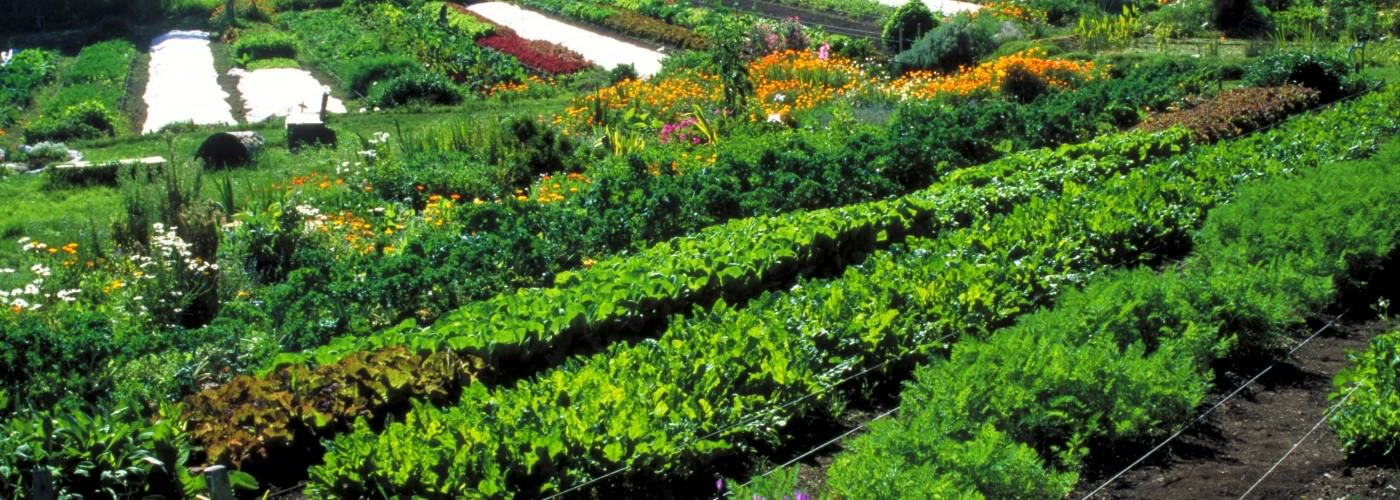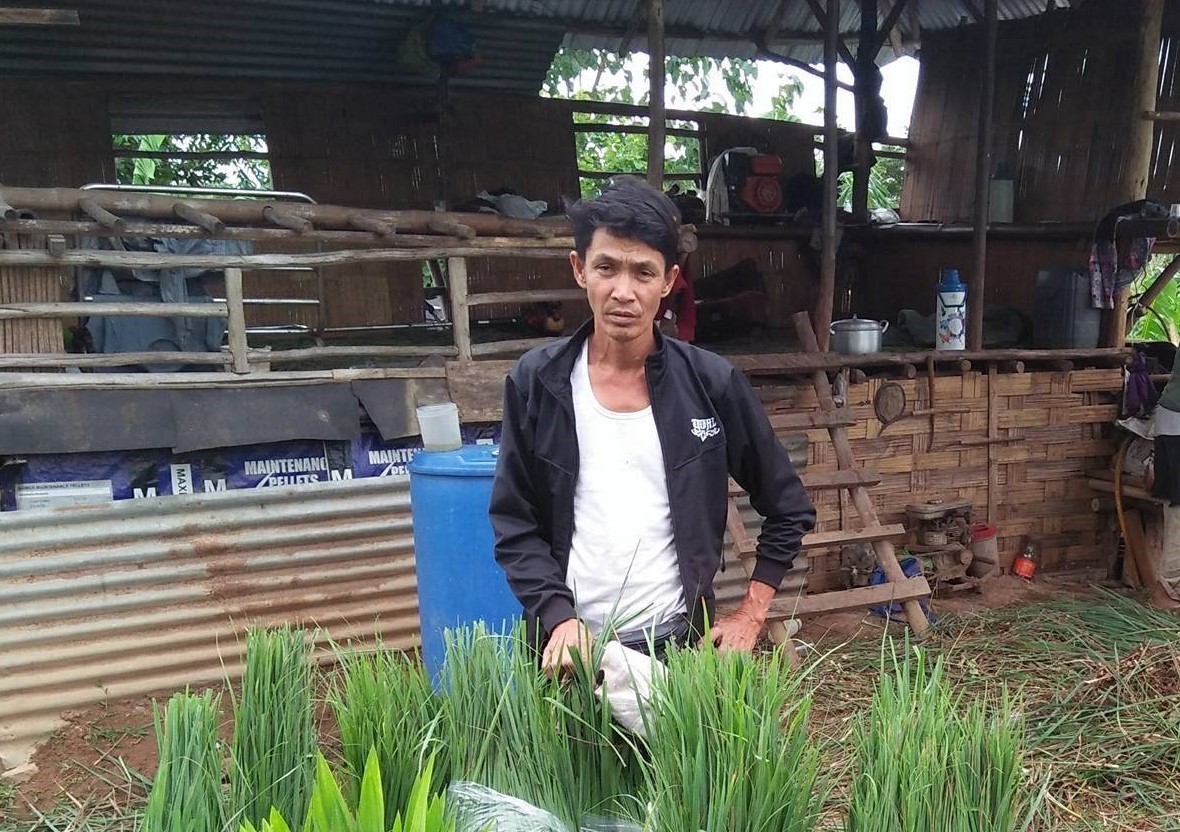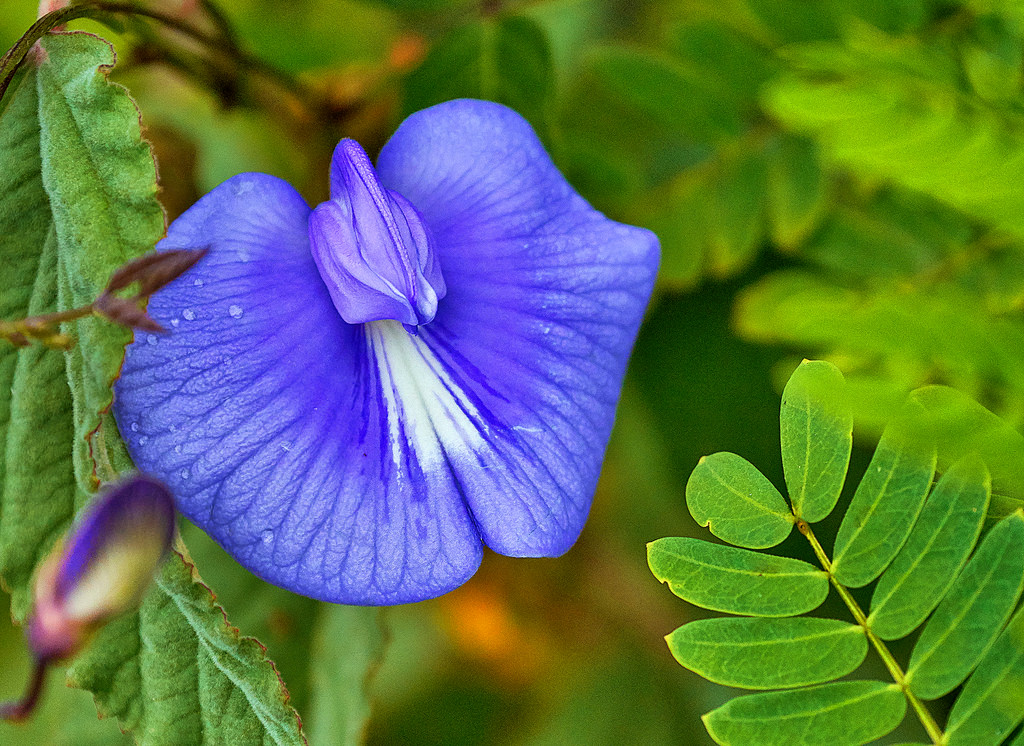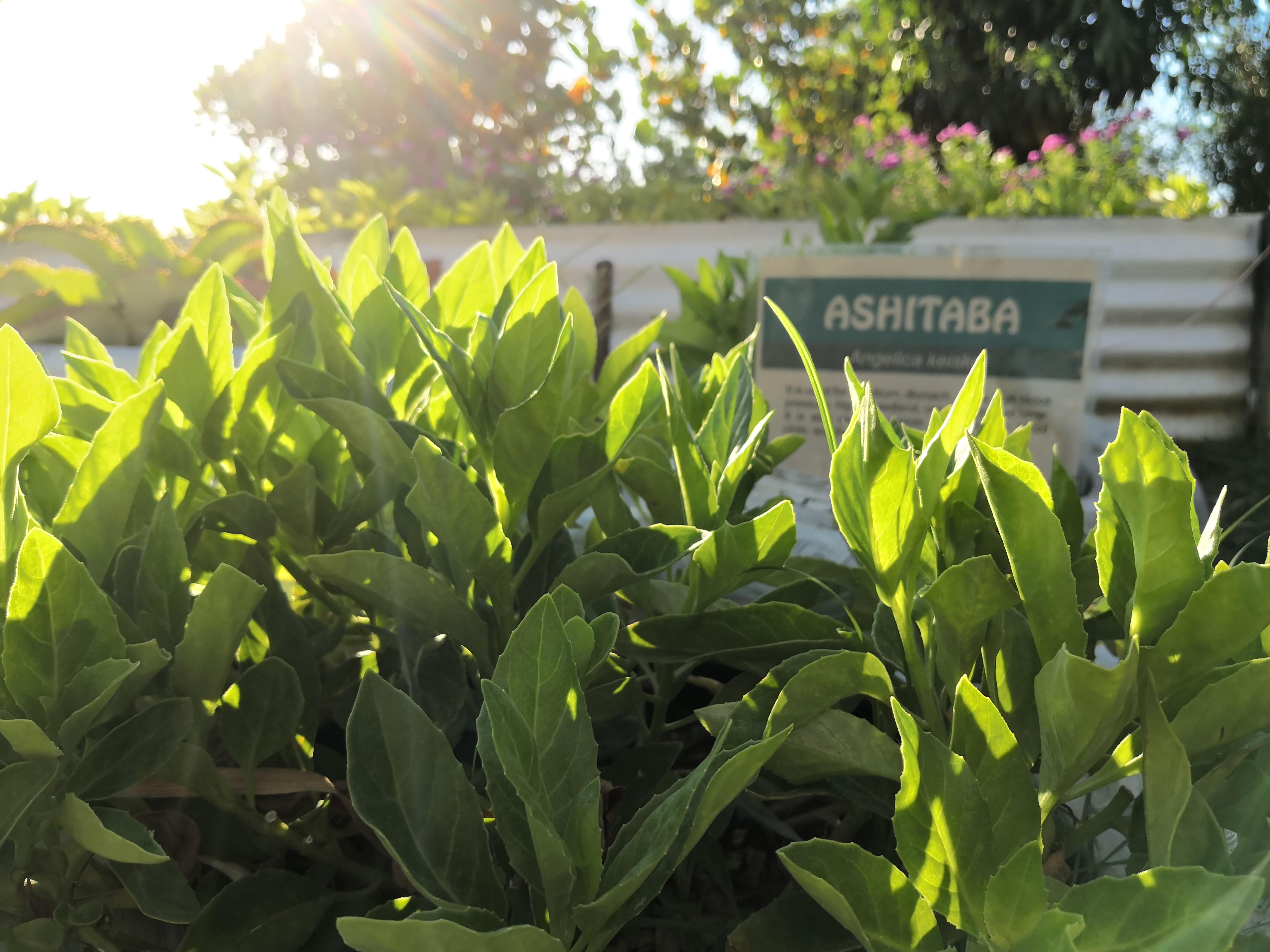The Permanent Agriculture
Permaculture is a network of agricultural and social design ideas focused on replicating or directly using the features seen in natural ecosystems. The term permaculture was expanded and conceived by David Holmgren, then a graduate student, and his professor, Bill Mollison, in 1978. The word permaculture initially referred to “permanent agriculture”, but was developed to refer also for “permanent culture.” This is because social aspects were essential to a genuinely sustainable system, as also influenced by Masanobu Fukuoka’s natural farming philosophy.



